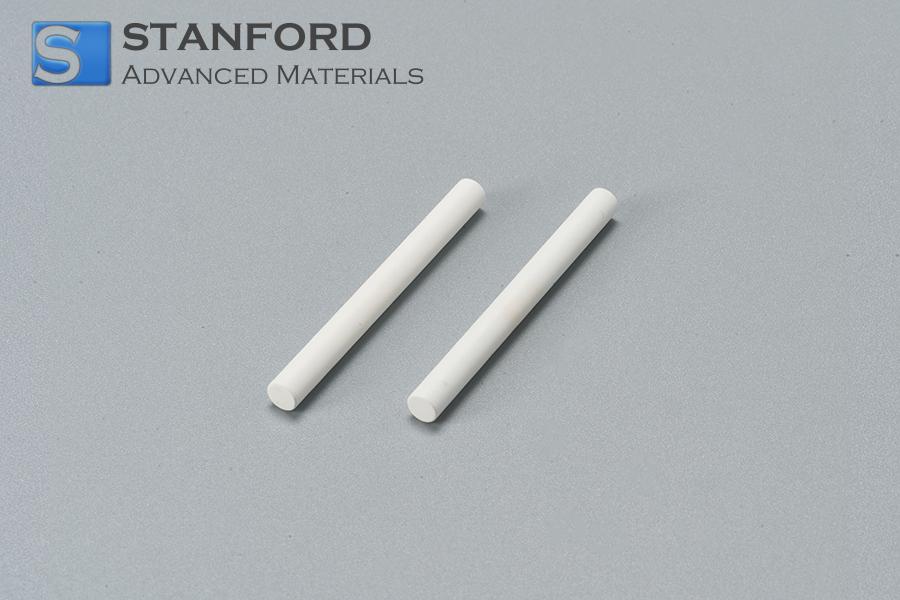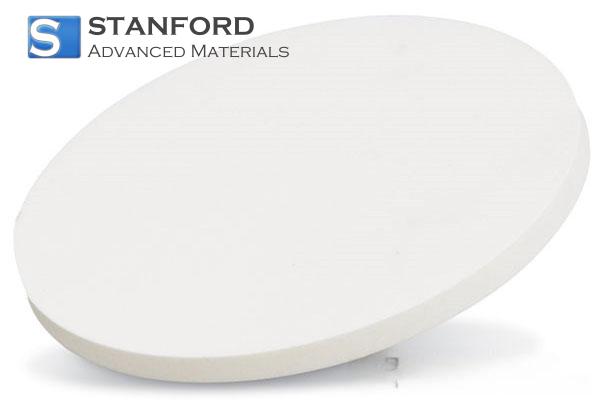Nano Tungsten Oxide For Heat Shield Glass
Because Nano-Wolframoxidpartikel significantly increases the absorption of light in the near‐infrared range (1 400–1 600 nm and 1 900–2 200 nm) while maintaining high transmittance for visible light, these particles are designated for use in new heat-shield glasses.

Nano tungsten oxide for heat shield glass
Ordinary glass does not offer high transmittance for the full solar spectrum. Visible light is transmitted. However, a substantial portion of near‐infrared heat is also passed, thereby increasing device temperature. Consequently, cooling systems such as air conditioning units are subject to increased loads, which results in energy waste.
Researchers have targeted the development of environmentally friendly heat‐insulating materials. These materials offer high transmittance for visible light and effectively attenuate near‐infrared solar radiation.
Nano-Wolframoxid is a multifunctional semiconductor material with properties including catalysis, electrochromism, photochromism and superconductivity. It has a relatively short cut-off wavelength of approximately 460 nm, given that its band gap ranges between 2.6 and 2.8 eV. It can be utilised as a raw material for the manufacture of a new generation of heat shield glass.
Several studies have indicated that the surface plasmon resonance of semiconductor materials absorbs light at specific wavelengths. Specific reduction treatments of tungsten oxide nanomaterials or the addition of tertiary-phase cations lead to an accumulation of free electrons on the material surface. Consequently, this accumulation confers plasmon resonance absorption in the near‐infrared range.
Tungsten oxide forms a stable Magneli phase under low‐oxygen conditions. When cations are added, it forms stable cubic and hexagonal tungsten bronze structures.
If a large number of free electrons are incorporated after reduction, tungsten oxide and its composites retain stable physical and chemical properties. They maintain consistent absorption performance under prolonged sunlight exposure. The small size of nano tungsten oxide particles, being considerably lower than the wavelength of visible light, ensures the preservation of visible light transparency.
Fazit
Thank you for reading this article. We hope it assists in achieving a better understanding of nano tungsten oxide. If you wish to learn more about nano tungsten oxide or other tungsten products, please visit Stanford Advanced Materials (SAM) for further information.
Stanford Advanced Materials (SAM) is a global supplier of tungsten products. It has over two decades of experience in the production and sale of tungsten oxide. The company supplies nano tungsten oxide to meet research, development and manufacturing requirements. Consequently, SAM may serve as your preferred tungsten oxide supplier and business partner.

 Bars
Bars
 Beads & Spheres
Beads & Spheres
 Bolts & Nuts
Bolts & Nuts
 Crucibles
Crucibles
 Discs
Discs
 Fibers & Fabrics
Fibers & Fabrics
 Films
Films
 Flake
Flake
 Foams
Foams
 Foil
Foil
 Granules
Granules
 Honeycombs
Honeycombs
 Ink
Ink
 Laminate
Laminate
 Lumps
Lumps
 Meshes
Meshes
 Metallised Film
Metallised Film
 Plate
Plate
 Powders
Powders
 Rod
Rod
 Sheets
Sheets
 Single Crystals
Single Crystals
 Sputtering Target
Sputtering Target
 Tubes
Tubes
 Washer
Washer
 Wires
Wires
 Converters & Calculators
Converters & Calculators
 Write for Us
Write for Us





 Chin Trento
Chin Trento



